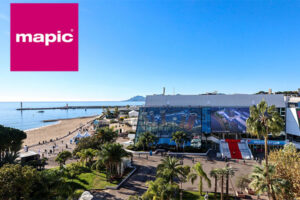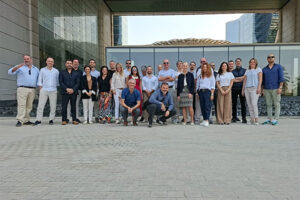Neinver presented a white paper on the French outlet sector entitled “Outlet Centers: How to Support Regional Growth through 2030?” The document assesses the current state of the outlet market in France and reflects on its future.
The white paper aims to provide a comprehensive framework for understanding the outlet industry, help local authorities make informed decisions, and maximize the development potential of the French market, in which six new outlet centers are planned.
The document is based on interviews with various stakeholders from the retail sector, local officials, members of trade associations, sociologists, and retail development and urban planning experts, whose input helped to better analyze and understand the industry’s issues and goals.
The white paper says that the outlet concept has evolved in France—especially its architecture and services—to adapt to changing consumer expectations and retailers’ needs. Today, what people once thought of as “discount stores” has turned into planned centers with fine architectural style and excellent shopping. Today’s centers meet eco-environmental standards and are integrated into the local landscape.
Key messages and findings
Outlet centers offer different benefits from traditional shopping centers and can be an important commercial destination, benefiting the regions and all stakeholders involved. In particular, they let retail brands sell and control their stocks, respond to expectations of consumers who want designer labels at preferential prices, reach a new consumer segment in a catchment area within a 90-minute drive, and develop tourism and the economy in the areas surrounding the outlet centers. For instance, of the 1.5 million people a year who visit Roppenheim The Style Outlets in Alsace, 20% also visit and spend money in the center’s neighborhood.
The paper concludes that, if the outlet concept has worked well so far, it is because it respects several rules and requirements. First, centers’ strategic location in catchment areas with populations that offer great potential, not very far from homes or from tourist transport options. Second, they can develop tourism as a real growth engine for the region.
In this sense, cooperation among all stakeholders is important in order to create the right conditions, including offering quality hotel services, creating suitable transport infrastructure, adjusting opening hours and days, etc. At Neinver centers in France and Germany, 20% of visitors also take the opportunity to visit other places nearby and enjoy other activities in the region.
Specific skills required
Third, maintaining outlet occupancy rates is important to the industry’s long-term success and future. This requires specific skills: day-to-day management and highly specialized teams within the centers make all the difference.
Few operators have the skills required for this. In addition, centers are developed in compliance with environmental standards and even exceed the regulations. This commitment extends from construction to daily management, in order to minimize the center’s impact on the environment.
Finally, strong partnerships with local authorities are key and contribute to the good performance of this commercial scheme. Public-private partnerships are essential from the planning stage to the operation of the centers, and local authorities have a key role in the success of these projects.





